Location: near Traquair, Innerleithen, Peebleshire, Scottish Borders, Lowlands of Scotland
kind of castle: fortified mansion, former hunting lodge
today: opened to the public, while also functioning as a B&B and at times home to the Laird of Traquair (Lady of Traquair) and her family
public transport: regular buses to Innerleithen from Edinburgh and Galashiels, approx. 20 minute of walking to Traquair House
scheduled monument: yes
managed by: TRAQUAIR CHARITABLE TRUST
entrance fee (subject to change): £ 14
opening times (subject to change): April to October 11 am – 5pm
directions: Google Maps
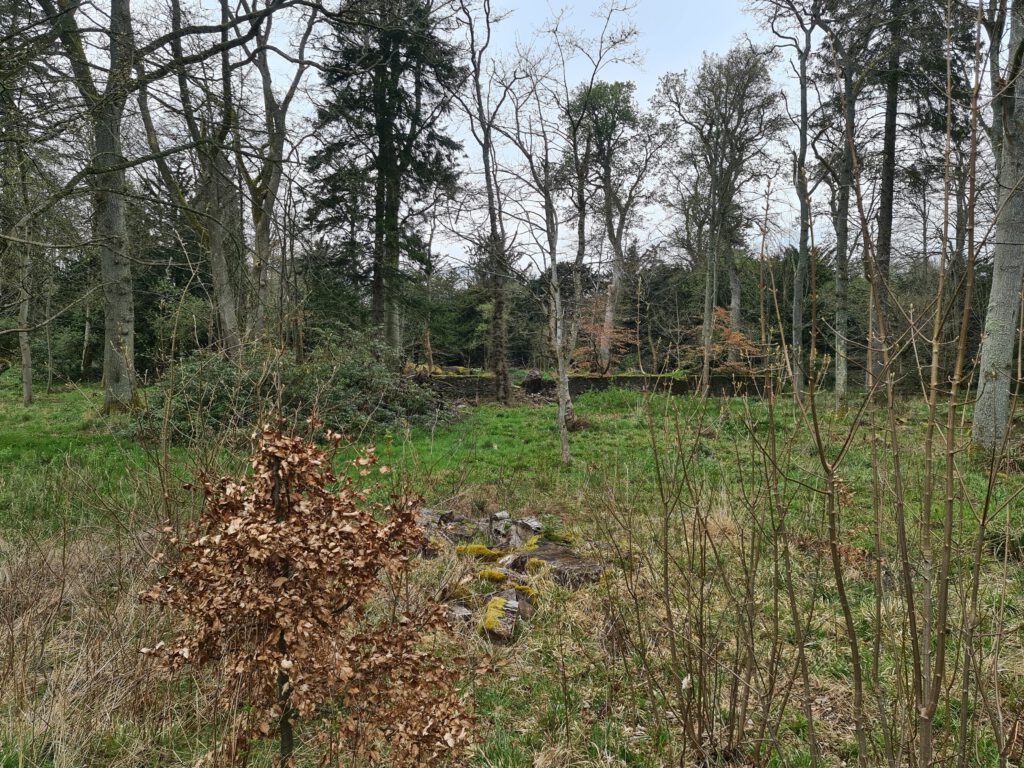
Traquair House is the place in Scotland which is generally referred to as Scotand’s Oldest Inhabited House which was visited not just by one or two Scottish kings/queens but by a total of 27 Kings and Queens of Scotland, which is mainly because it was a former hunting lodge. Having been inhabited for over 900 years the current buildings are mostly open to the public but some parts of it are also used as a Bed and Breakfast while certain other rooms are closed to the public for the private use of the owners. For some people the highlight of the complex is the Traquair Brewery.
Located in the Tweedvalley Traquair House is not a castle but had the appearance of one having been build in the style of a fortified mansion, being thought to be the inspiration for the Scottish Baronial style.
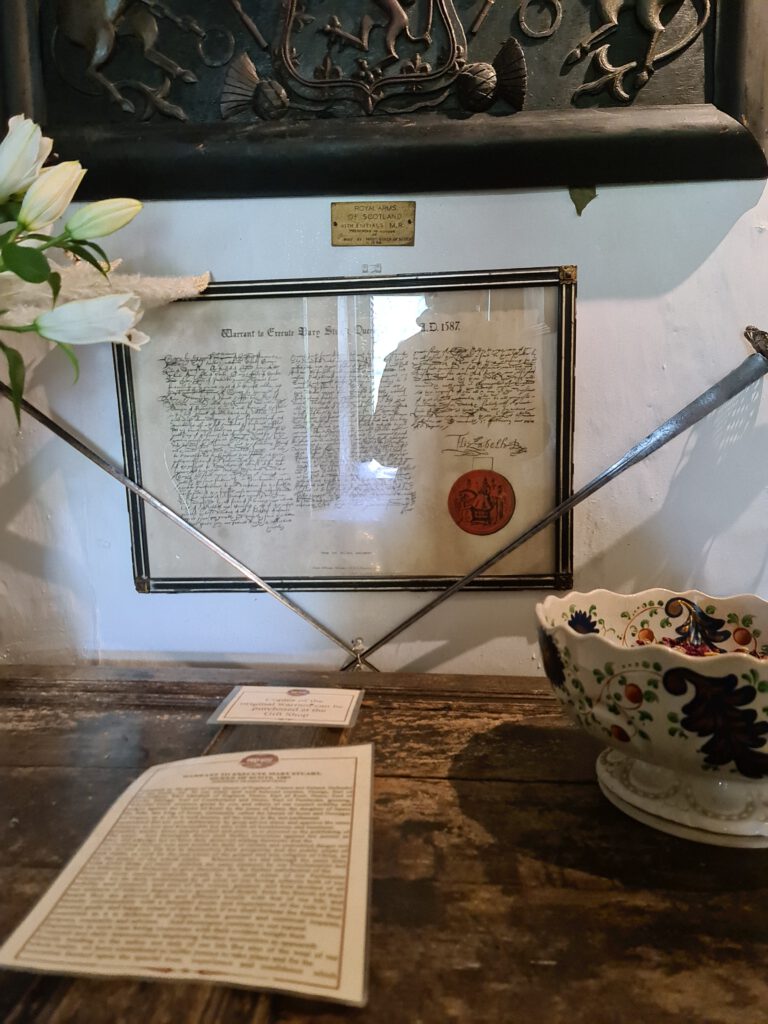
The early years of Traquair House, at the time possibly a tower house, are pretty much unsure in regards of remaining parts. The earliest structure in that location is likely to have existed by 1107 with Alexander I signing a royal charter at Traquair, a place usually used as a hunting lodge. With being that rich in history it is no wonder that there are many charters surviving to this day, including one from 1175 which basically was the reason for founding a Bishop’s Burgh which later became the now major City of Glasgow.
None of the buildings seen today can be dated back to that period but for sure there was something there during the 12th century, if not earlier. Imagine the grounds being part of the vast Ettrick Forest and hunting parties riding all through. After 1286 alongside the peace in the borders the tower at Traquair was used in the network of towers throughout the Tweedvalley, such as Cardrona Tower, protecting Scotland from an English invasion.

During this time the house had changed hands to the Douglases before it was briefly occupied by the English until 1306 in which meantime Edward I and Edward II both visited the Traquair. During the beginning of the 15th-century Traquair passed through many families such as the Watsons in 1410 and Lord Boyd, Rogers, before it was finally sold to the Earl of Buchan in 1478, famously part of the powerful Stewart family.
Being a half uncle to the king, the Earl of Buchan, passed on the grounds of Traquair House to his illegitimate son James Stuart in 1491 who became the 1st Laird of Traquair, it was the Stewart family who has held the house ever since, although it later switched into the Maxwell-Stuarts hands.
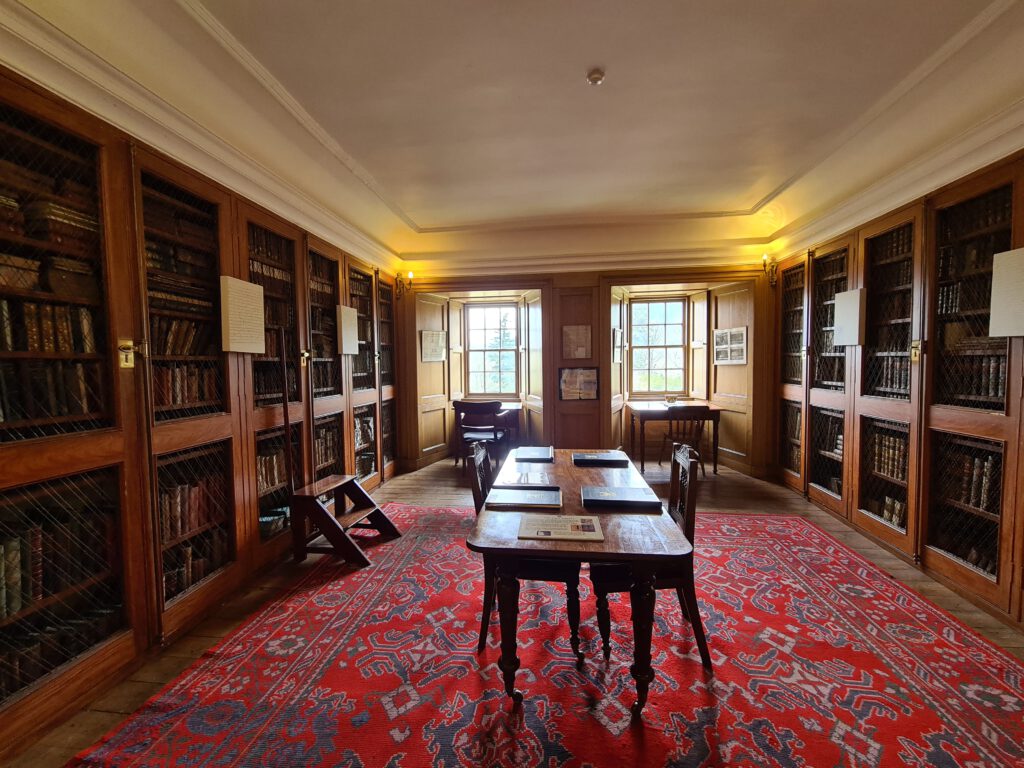
Building works were undertaken during the 16th and 17th century to expand it to the size it is now, with the Lairds having important political roles and quite a bit of power. It was during the 1500’s that the mansion got closely connected to figures such as Mary Queen of Scots. Having transformed the defensive tower into a proper family home the 4th Laird who was also named Captain of the Queen’s bodyguard, hosted Mary, and her husband Darnley alongside their son James, in 1566. To this day you can see the cradle the future king James VI slept in alongside some other things that belonged to Mary. It was the same James Stewart, 4th Laird of Traquair that later helped Mary escape from Lochleven Castle.
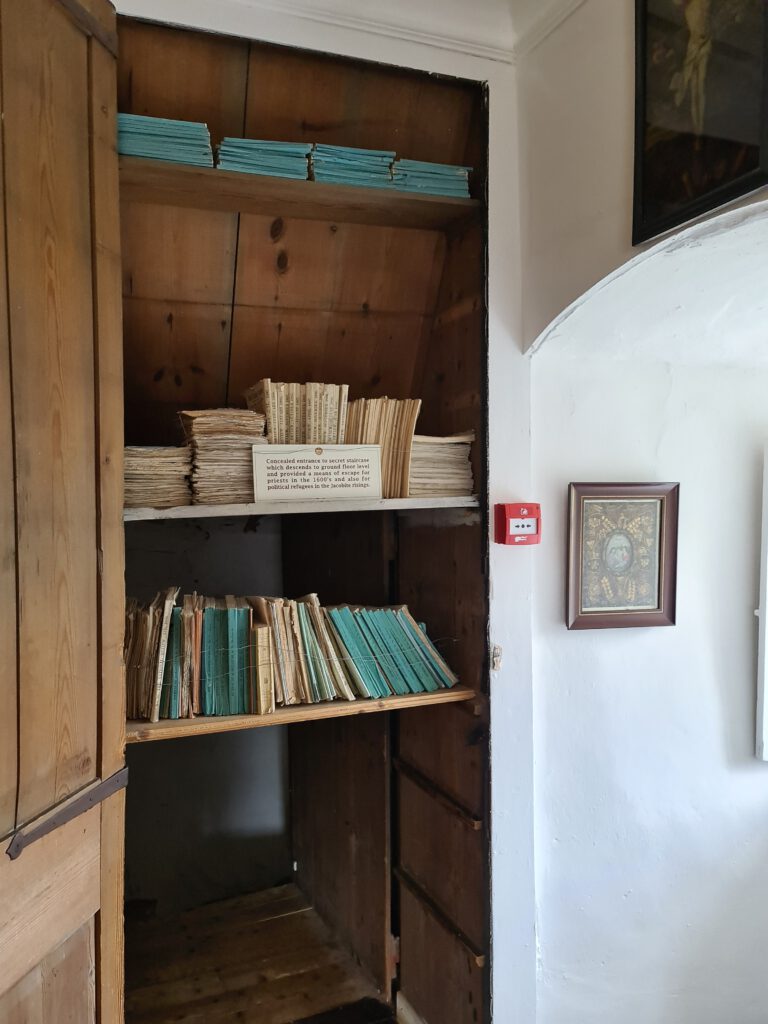
By 1599 the main building extensions were completed and around the early 17th century the 7th Laird added the top storey on the buildings while also adjusting the course of the River Tweed, diverting it to run further away from the house.
The 7th Laird became the 1st Earl of Traquair in 1628, a title that was carried in the family for many generations. Those were very dangerous times, with the Catholic tradition causing heavy penalties for its followers. The Stewarts of Traquair stayed loyal to their faith and had mass on the top floor in a small chamber which included a hidden escape route for the pries and later for Jacobites and Catholics for years.
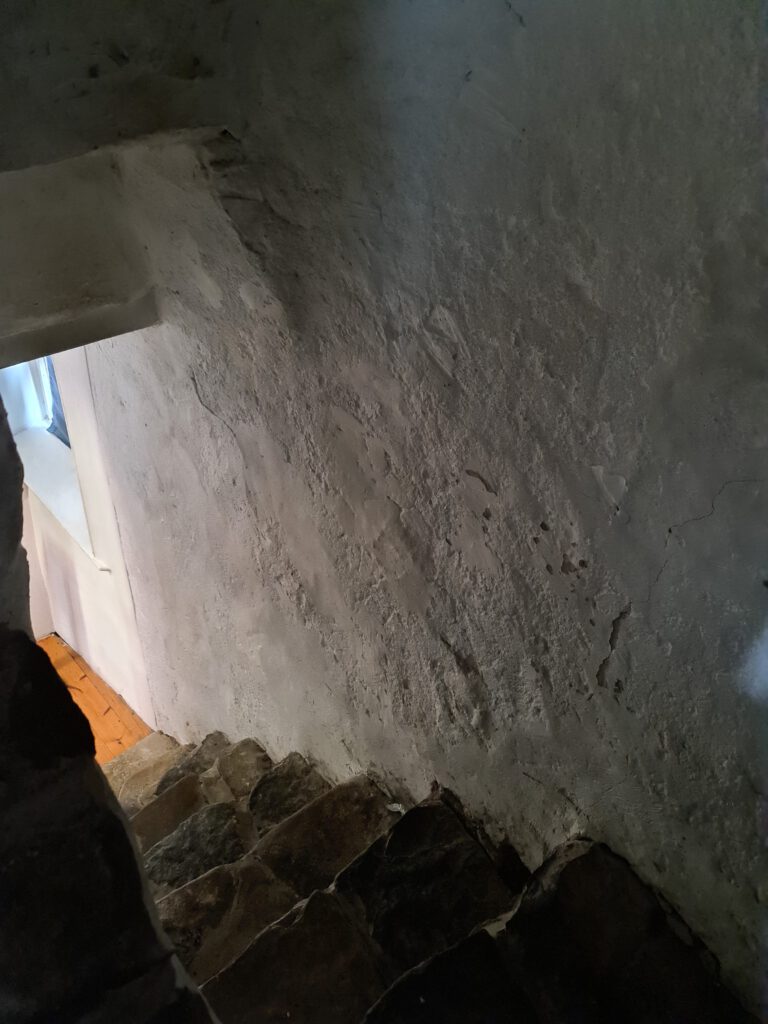
With much of the building work being completed in 1695 there were only little additions being made later onwards, such as the Bear Gates which weren’t installed until 1739.
During the turbulent times of the jacobite risings and the time after the Stewarts of Traquair stayed loyal to the Jacobite cause and their king, these were hard times for the family and it only got harder throughout the times, affecting the family’s money and safety but yet they kept on fighting for their believes and supported others that did as well, while Traquair stayed one of the few places in Scotland unaffected by the aftermath of the ‘45 Jacobite Rising.
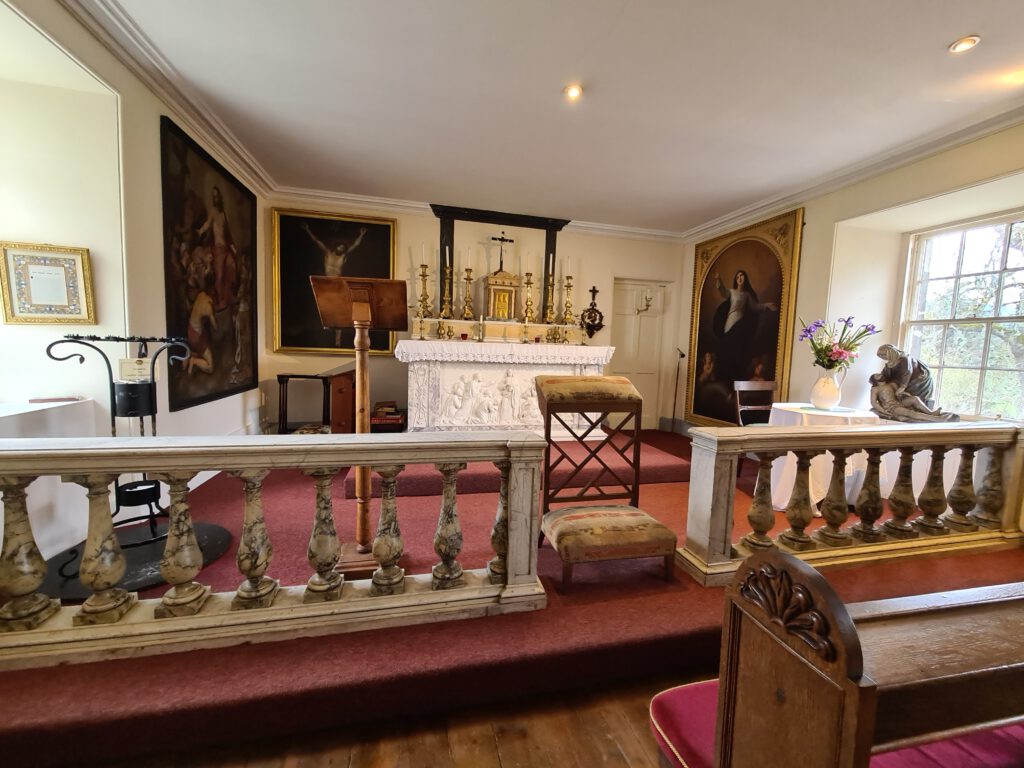
Surrounding the last rising there is a story involving the Bear Gates, saying that the 5th Earl and 11th Laird closed the gate behind Prince Charles Edward Stuart before he left for London, vowing that the gates won’t be open until a Stuart king had returned to the throne. It hasn’t been opened ever since, to this day.

The Earldom soon went downhill, after the death of the fifth Earl, which made the Stuarts only survive in Traquair until 1875 the year when Lady Louisa Stuart died unmarried in her 100th year and without any children, leaving the estate to pass to her cousin Henry Constable Maxwell who then took the name of Maxwell Stuart a name still associated with Traquair House today. In the process the Earldom was lost and so today they are only known as the Lairds of Traquair and not the Earls of Traquair, today.
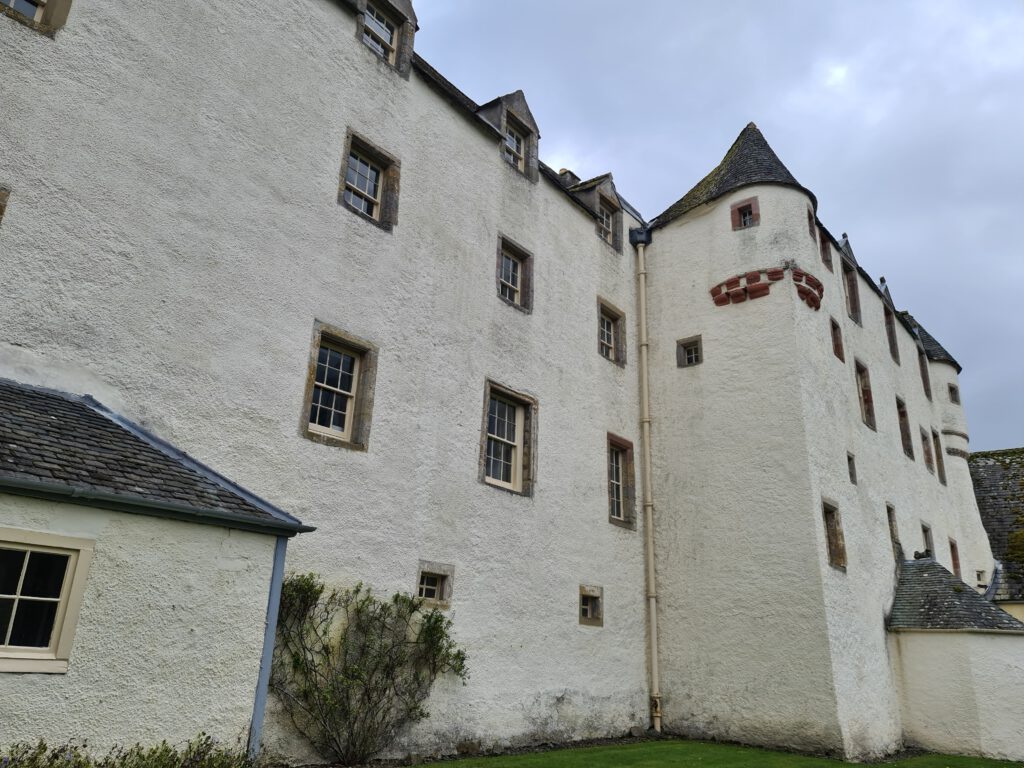
During the years Lady Louisa owned Traquair House, she visited Abbotsford and her friend Sir Walter Scott quite a couple of times, with its convenient location just over the hills.
Although now in the Maxwell family’s hands, the house remained in the hands of Catholics, staying faithful to their religion and honouring Traquair as their new home. Although during the two World Wars the house had only oil lamps and no proper heating, the family stayed there until finally they had enough funds to restore the historic house and in 1953 Frank, the 19th Laird of Traquair opened the house for visitors and groups for little time each week, but it was the start of the touristic attraction that Traquair House is today.
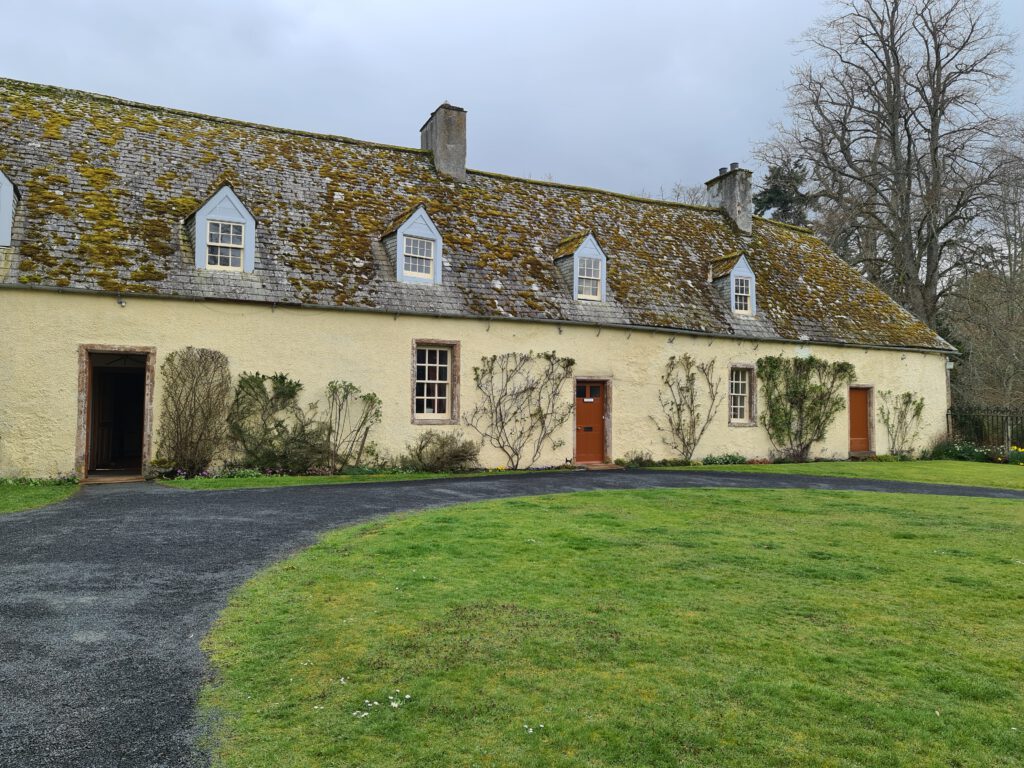
It was Frank who uncovered many of the lost treasures of Traquair such as the painted beam in the High Drawing Room, which date back as far as the 17th century, alongside tapestries, needlework, and a collection of Jacobite glass.
Ten years after the house was partially opened the 20th Laird of Traquair, Peter, inherited the property and soon discovered that it took quite a bit more to provide for repairs, than what the estate of Traquair could offer.

It was Peter who rediscovered the old Brewery just below the chapel built during the 1800s, it is known that when Mary Queen of Scots spend time at Traquair the brewery was working and had further parts installed in 1739 before falling into disuse. Peter started to brew again in 1965 and the brewery is still producing traditional Scottish ales to this day as the first domestic brewery in the UK.

Both Peter and his wife, Flora, devoted their lives developing Traquair House further, eventually making it the place we can see today, at least they built the base for it. It wasn’t until Peters death in 1990 though that Traquair developed further than that, now hosting weddings, offering a bed and breakfast and an annual programme of summer events.
The current 21st Laird Lady Catherine Maxwell Stuart took over in 1999 after her mother created The Traquair Charitable Trust. Traquair today is the family home of Catherine and her husband and their three kids.
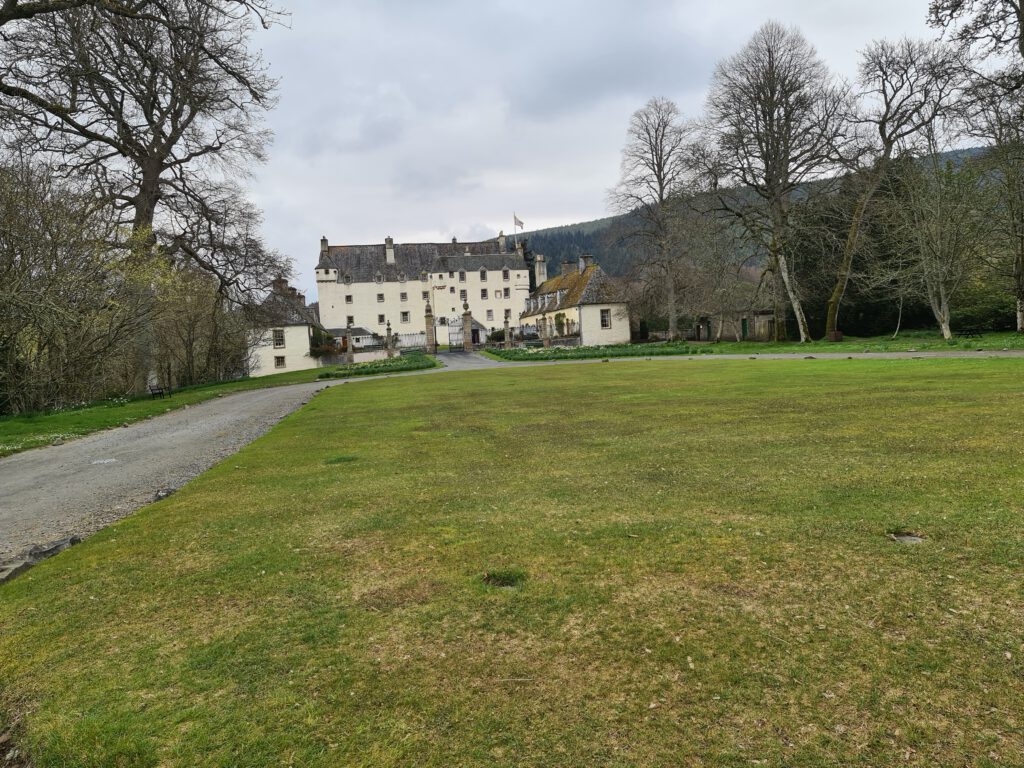
In 1970 film production came to Traquair and the horror movie Tam-Lin was filmed in the historic 50-room house. Nestles in 100 acres of woodland and lawns the property includes a maze and extensive gardens, with lovely weeks down to the banks of the River Tweed. It is easily a place you can spend several hours at, although I personally am through quite quickly, I spend a very long time there and yet there is quite a bit I haven’t had time for, such as exploring the extensive walks.
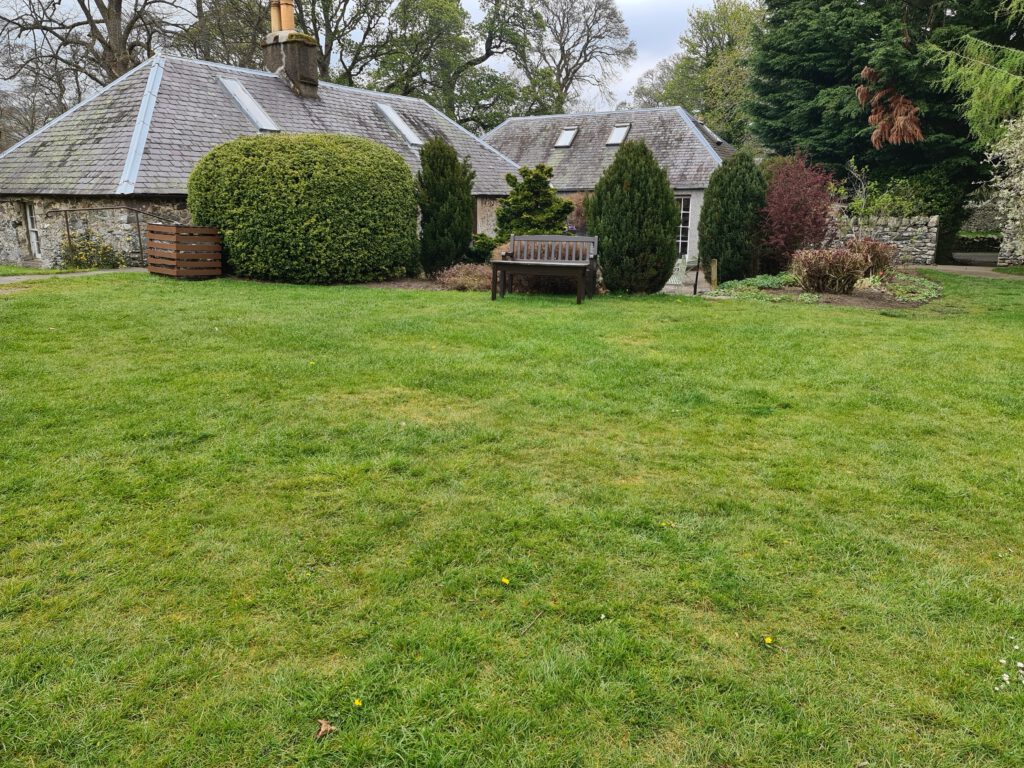
The big maze was one of my personal highlights, I just love wondering through and trying to figure out what is right and wrong, absolutely lovely for kids especially. While inside the 18th-century library contains over 3,000 volumes and the other amenities of the ground’s overing views into the Brewery and a lovely Café.
Although Traquair House is not haunted in a bad way there are stories of the apparition of Lady Louisa Stewart, the last from the direct Stewart line, walking her favourite walk by the Quair.
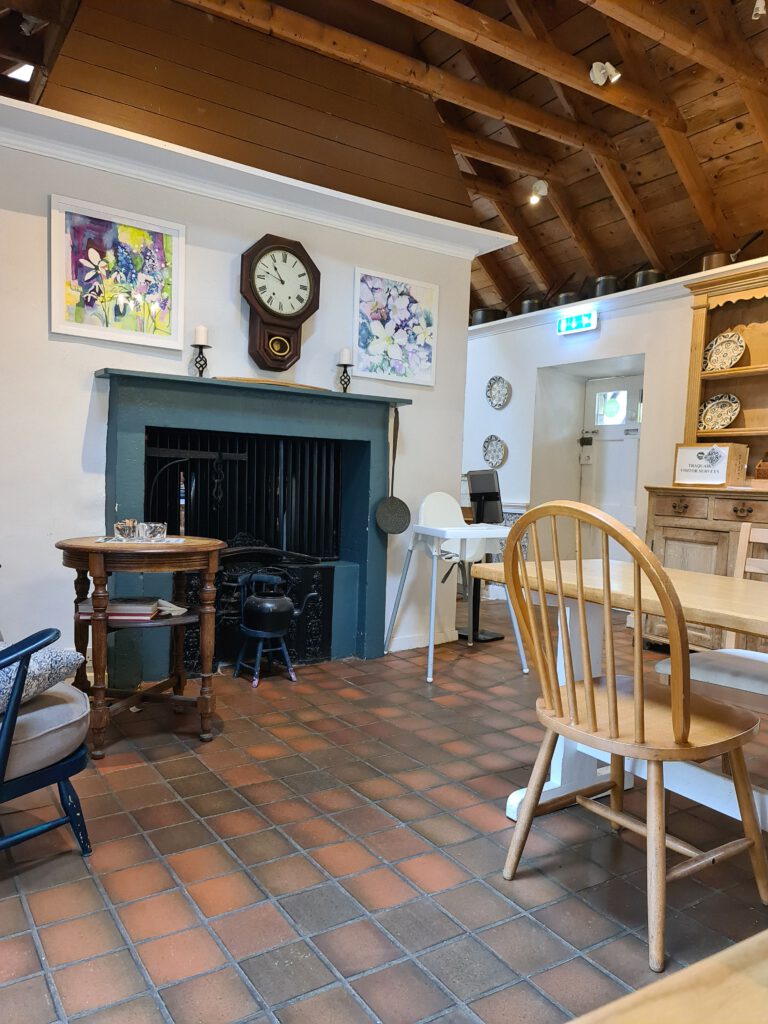
Traquair House really is a lovely place and very underrated. Plan in time and enjoy this place to its fullest or stay in the B&B in an historical room and use Traquair House as a base to discover more of the Scottish Borders, a place I can’t recommend enough. And while you’re there check this out: Minch Moor circuit from Traquair – A scottish World
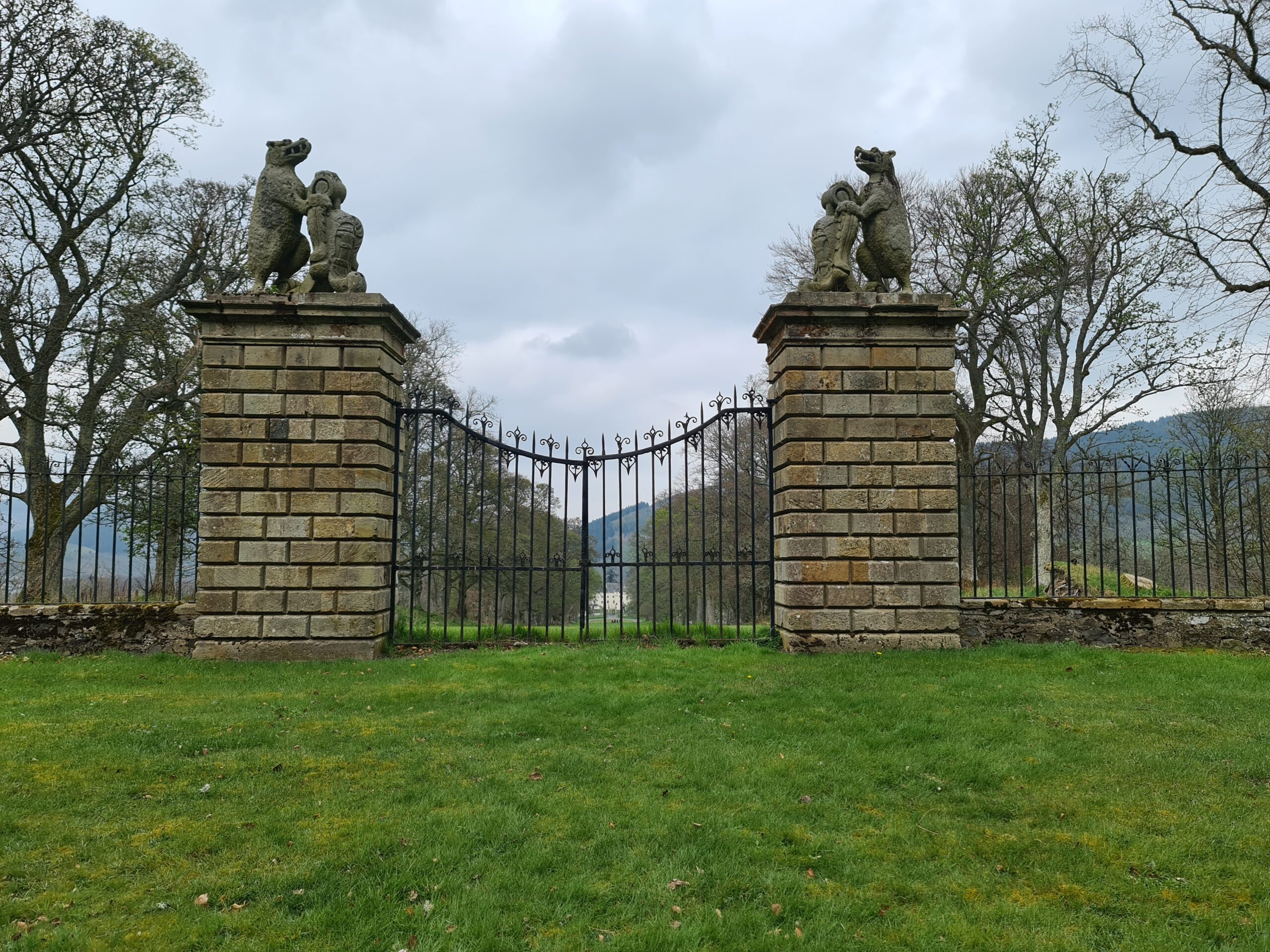
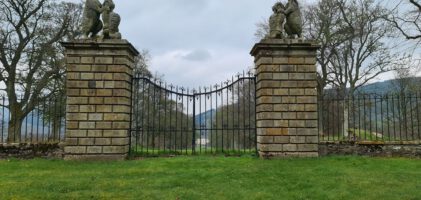
Pingback: Minch Moor circuit from Traquair – A scottish World